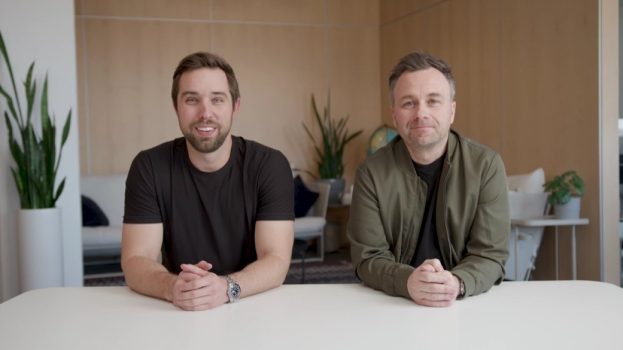No two companies invest in transformation the same way, but a Deloitte study of global CEOs attempts to find the unifying characteristics of the “un-disruptable” chief executive.
For its report “Can CEOs be un-disruptable?” the consultancy conducted interviews with 24 CEOs from the banking, pharmaceutical, technology, natural resource, food processing, health care delivery, retail and manufacturing sectors. Each company was chosen for its strong financial performance and kept anonymous in the report’s final publication.
The CEOs were questioned to find common traits that have given these selected few success against disruptors and position them well for the future. “Our mission was to attempt to answer this question: What does it take to be un-disruptable today, and what will be demanded of CEOs and their organizations to avoid disruption tomorrow?” wrote the report’s authors.
The result was five traits and behaviours that survey participants say have delivered results and better prepared their staff for an uncertain future.
“Ambidexterity”
Some companies debate whether they should focus wholly on future-looking innovation or driving better efficiencies from their existing lines of business, a divide Deloitte characterized as “exploration versus exploitation.”
“Our interviewees commented frequently on this tension, driven in part by important external stakeholders – particularly analysts and shareholders – who want short-term yields, yet expect CEOs to work for the long term, take risks, and innovate,” the report’s authors said.
The consultancy’s interviews, however, showed successful CEOs are learning to do both simultaneously, asking business leaders to invest in exploration and exploitation.
“Many of the CEOs interviewed noted how they developed the dual view of exploration and exploitation over time and described how, as their comfort and competency with ambidexterity grew, they strove to use it as a strategic weapon,” the report said.
“Emotional fortitude”
Fear of the future can drive big change, and Deloitte recommends using it to drive innovation. But alongside that must come acceptance of the fact that as companies take bigger risks, failure become a more frequent outcome.
“I’ve just gotten used to taking risks every day,” said an anonymous construction management CEO interviewed for the study. “If it’s the right decision, it’s good, and if not, I simply pick myself up and say, “OK, time to do something else.”
Deloitte’s survey suggests embracing failure and risk acknowledges the chaos that industry transformation can bring, and asks employees to take reasoned risks in search of better market positioning.
Be a beginner again
“Among some other CEOs I know, I’m struck by a few who are actually suppressed by their know-how,” said a technology firm’s CEO. “And they don’t know how to understand the things they don’t know. They automatically look at it and say ‘we’ll do it this way or that because that’s how we do it.'”
Trying to see a business offering from the end-user’s perspective helps executives get beyond their own well-informed perspectives, the report says. But it can be tricky, as most CEOs get ahead by being experts in their field. Being curious and asking questions can help executives understand that “success depends on knowing what they do not know… They cannot rely on static pattern-recognition formulae to predict the future. We found a practicality and curiosity in the way [interviewees] express doubt, ask questions, and examine their assumptions.”
Identify, assess, dismantle threats
In one of its more colourful metaphors, Deloitte refers to its successful CEOs as masters of “disruption jujitsu.” Jujitsu is a martial art that relies on using an opponents force and strength against them. Applied to business, this means “recognizing threatening disruptions, breaking them into their components, selecting those components that can strengthen their organization, and then finding a way to ‘hijack’ these disruptive elements for their own competitive advantage.”
Deloitte points to Netflix as a particularly wise master of this art. When it identified the risk that streaming video posed to its DVD delivery business, it dove into the space at the expense of its existing model to develop expertise, turning it into the streaming category leader it is today.
End-user ethnography
Going beyond raw customer data acquisition, the survey’s CEOs often described themselves as obsessed with end-user experience, becoming “trusted champions” of customers, the report’s authors say.
While no business is a stranger to the never-ending stream of reviews and opinions brought forth by social media, the study’s 24 successful CEOs seek nuance in this tide of feedback. Procter & Gamble’s Crest brand team leveraged social data to see a spike in teeth brushing that was taking place between 4 p.m. and 6 p.m – around the time people were taking more selfies ahead of evening social activities. This in turn shaped how the brand timed its social campaigns.

























